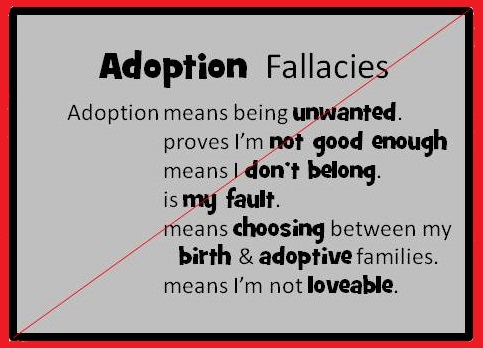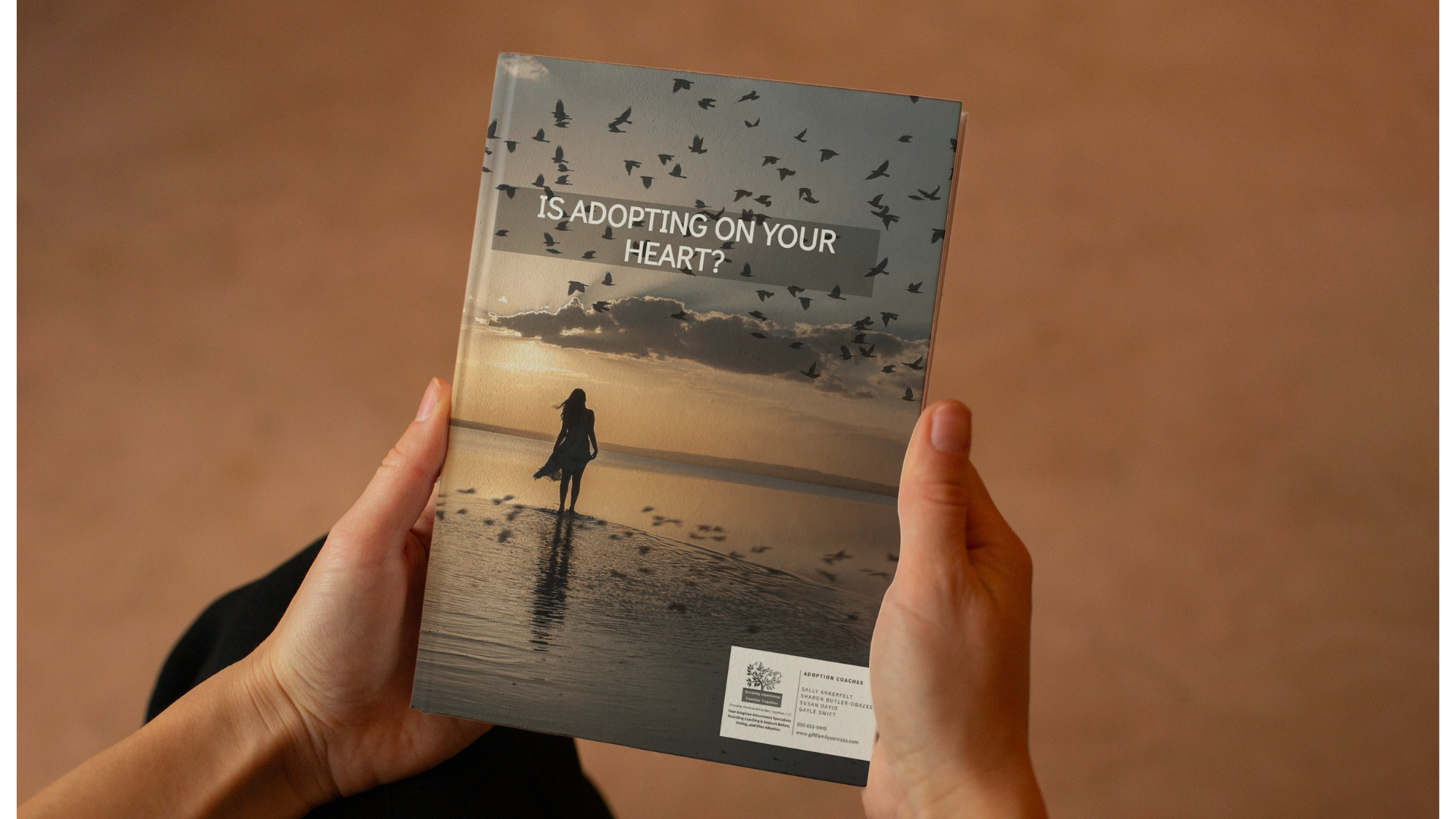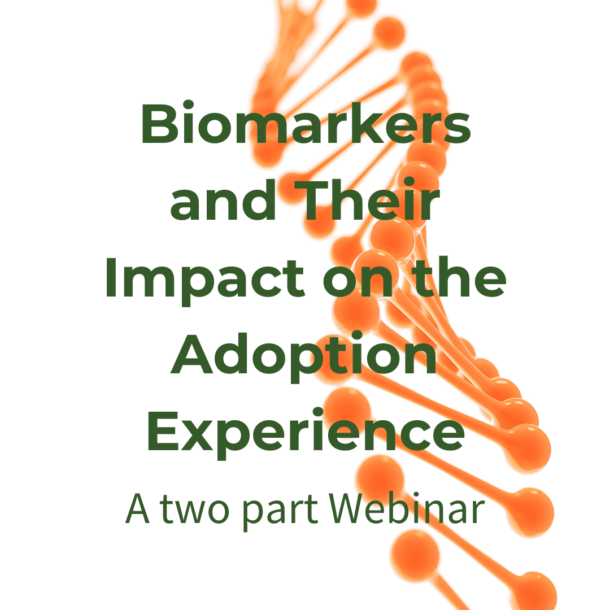
A is for … adoption and…
In The Scarlet Letter, Nathaniel Hawthorne’s classic tale of adultery and unwed motherhood, Hester Prynne was required to wear a scarlet “A” on her clothing as punishment for her sin. This publicly branded her and allowed the community to judge and ostracize her (and her illegitimate child.)
Our culture no longer practices this cruel and public scorning, but it still assesses and judges. Conformity and similarity are preferred. Difference meets with suspicion, resistance, and discouragement. Adoption, for example, is both celebrated and seen as a lesser choice, not quite as good as having one’s own biological children. Outsiders wonder if the depth of the love that bonds adopted families can possibly be the same as their bio/genetic one. (We , of course, know that it can be as deep, intense and permanent.)
Adoptees often hear their parents lauded for choosing to adopt. The logical inference from such comments is: adoption equals a burden most people would not want to take on. Adoptees absorb this unspoken cultural message. It chips way at self-esteem, creates stress and fosters fear they could be displaced again. Shame, loss, guilt, a strong need for control—all of these are common responses developed by adoptees.
The “A” of adoption creates boxes and judgments. Some fallacious beliefs:

Imagine living with this emotional baggage. Now imagine being a child shoring that burden. Consider this quote from, My Dream of You” by Nuala O’Faolain:
“I must . . . ask her shrink—if a person’s mother does not love him or her, then so everyone says, they spend their lives looking for love. But, do they mean it? Do they really want to be loved? Or, are they forced to do almost anything to manipulate those who love them into not loving them. So that they can return to that first state—the state of not being loved” p. 229
The “A” of Adoption is as real as the notorious scarlet letter. Somehow, adoptees must learn how to reframe it from a burden, a shame, and a judgment of their being less than. As parents, we help them learn to see that their “A” (adoption) need not be a shackle. Adoption is an element of who they are—a significant one–but need not be the only thing that defines them. It shapes they way they think, feel, and believe. Its influence spirals throughout their lives–and ours.
Adoptees need strong support from their families to help them learn to ameliorate the impact of their adoption. Love, intentionality, patience—all help. The process takes time to unfold. How does this sculpting of identity and emotional resilience happen? Action moves it from wishful thinking into a realized dream.
In their book, The Art of Possibility, authors Ben and Roz Zander put forth a useful premise: Give yourself an “A.” This grade is not externally defined or assigned. Instead, it emerges from a strong commitment to develop the best version of one’s self. “Giving an A is not an expectation to live up to, but a possibility to live into….”—The Art of Possibility
For some, the evolution takes a lifetime. Fortunately, families are for life. As an Intentional family, how will you embrace this possibility? What will be your first step? How will you introduce this concept to your children? When you let go of expectation and embrace the reality of the present, how does it open the future?
There is great generative power when we believe—and project that belief—in our children’s capabilities and possibilities. How will you define and actualize your “A”? How much greatness are [you] willing to grant…?”—The Art of Possibility



What a profound message … I agree with you that it can be a double edged sword — that adopting, that adoptive parents are heralded as doing something wonderful but at the same time it is seen as somehow less than a biological family. That is a heavy burden to be placed on families and on children. However, you so beautifully point out that understanding how this double edged sword works along with love, patience, and intentionality can ameliorate the impact. I think we adoptive parents want to believe that once the papers are signed then all we have to do is bring the love. Agencies, attorneys and social workers sometimes help foster this belief as well. It is “natural” in a way so that you can get on with your life and start raising your family. However, in my experience, adoption is something that is lifelong — not a discrete event. When we get that, we can be in that place to grant infinite greatness!
#adoptiveparenting
#adoption
I hope for the day when all facets of society are adoption attuned, so our children and families don’t feel “different” or the need to explain their choices. Adoption would not be a scarlet letter or heroic action, rather a natural and completely understood way to be a family.
#adoptive parenting
#adoption